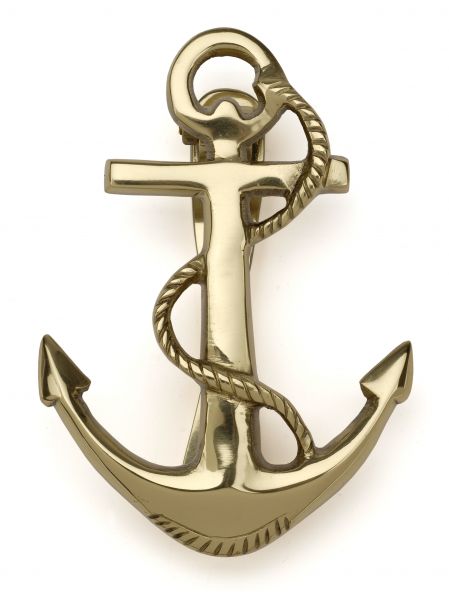


On 25 November 1941, while steaming to cover an attack on Italian convoys, HMS Barham was hit by three torpedoes from the German submarine U-331, commanded by Lieutenant Hans-Dietrich von Tiesenhausen. The torpedoes were fired from a range of only 750 yards providing no time for evasive action, and stuck so closely together as to throw up a single massive water column. As she rolled over to port, her magazines exploded and the ship quickly sank with the loss of over two thirds of her crew.
A sinking ship is a dreadful business, and most often we have only our imaginations to 'see' what it must have been like. In the case of HMS Barham, though, a vast and magnificent Queen Elizabeth class Battleship, built at the John Brown shipyard on the Clyde near Glasgow, same shipyard as made the Cunarder Queen Mary, we have an unimpeachable film record of the deed to help us imagine what war service at sea was really all about.
The British Admiralty was immediately notified of the sinking on November 25, 1941. However, within a few hours they also learned that the German High Command did not know the Barham had been sunk.
Realizing an opportunity to mislead the Germans, and to protect British morale, the Admiralty censored all news of Barham’s sinking and the loss of 861 British seamen.
After a delay of several weeks, the War Office decided to notify the next of kin of Barham’s dead, but they added a special request for secrecy. The notification letters included a warning not to discuss the loss of the ship with anyone but close relatives, stating it was "most essential that information of the event which led to the loss of your son or husband's life should not find its way to the enemy until such time as it is announced officially..."
By late January 1942, the German High Command had realized Barham had been lost. The British Admiralty informed the press on January 27, 1942 and explained the rationale for withholding the news.
At a seance in Portsmouth in late November 1941, Helen Duncan, a Spiritualist medium from Callander, Scotland, announced that she had contacted a dead sailor who had told her that his ship, HMS Barham, had recently been sunk. Duncan was not arrested in the aftermath of the Barham incident, but in 1944 was arrested during a seance and convicted under the British Witchcraft Act of 1735 and sentenced to 9 months in prison.
Here she is, in all her beauty and strength.


No comments:
Post a Comment